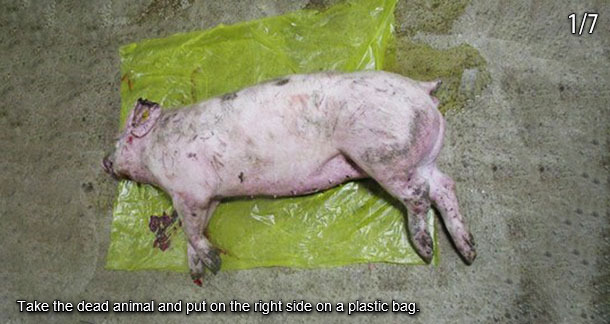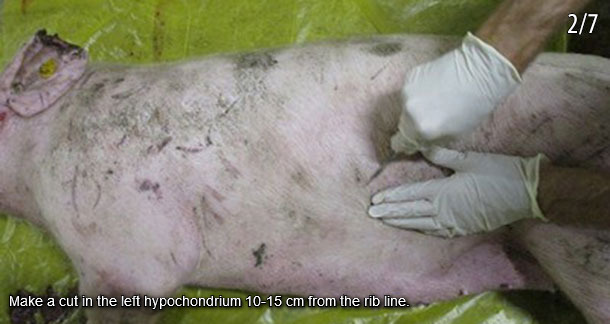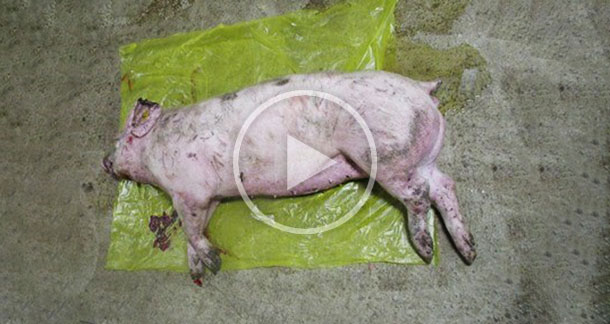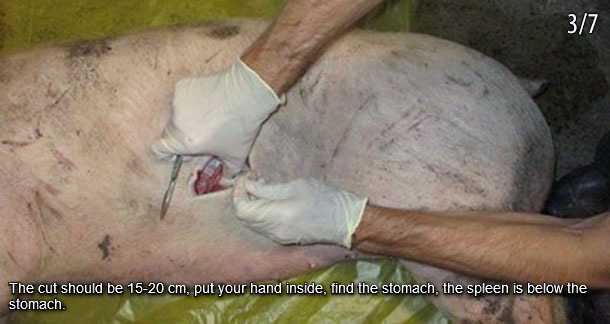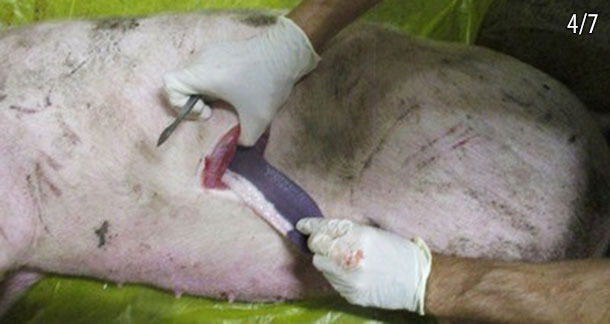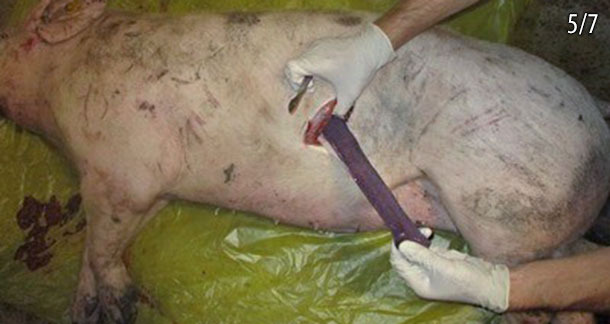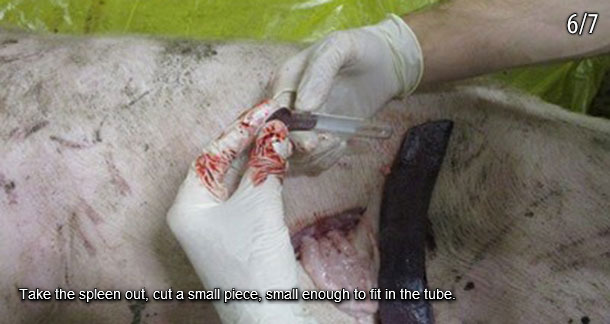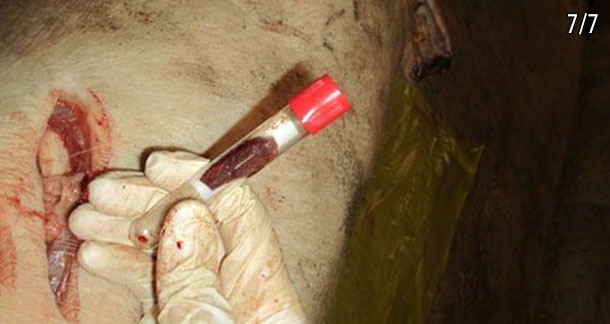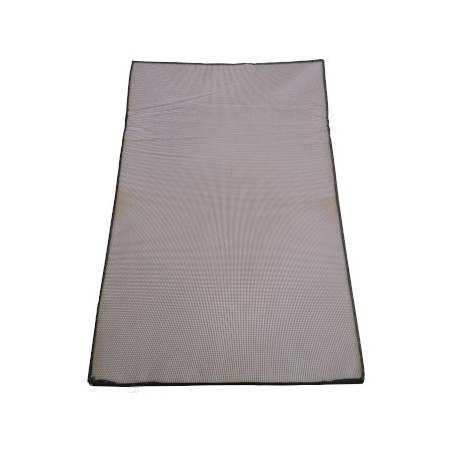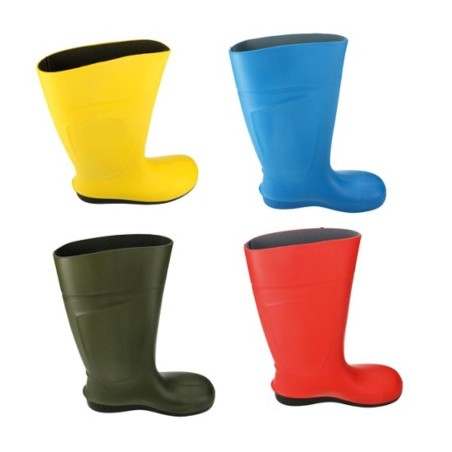Whenever there is a suspicion of a notifiable disease such as African swine fever (ASF) on a farm premises, most countries have implemented a regulatory process that legally requires the immediate notification of a competent authority such as an ‘official veterinarian’ (OV) as recommended by the World Organization for Animal Health (OIE). As soon as any such suspicion is reported, the regulatory response follows strict guidelines and what comes next is out of the hands of the reporting veterinarian and farm owner. Everyone know that the sooner an outbreak is reported, the faster the officials can act to control the spread of the disease through the immediate control of animal and product movements. However, as the Spanish Professor Sanchez-Vizcaino once said, ‘…this is a competition for which nobody wants to get the “gold medal” because nobody wants to be the first one to declare the disease in their own region’. But we need to encourage practitioners to push for the gold and be conscientious and brave if they suspect a case that must be reported. Are we ready to step forward? And declare a suspicion? Do we know how to proceed? What are protocols that will be put in place and how quickly will they happen? We asked these and many more questions to our contributing swine professionals from Russia, China, the Baltics and Poland that have been dealing with the disease for many years now.
All of our interviewed swine professionals have been involved, in one way or another, in the reporting of an ASF outbreak. They all agreed that reporting the outbreak as soon as possible was the right thing to do and, in their experience, the OVs act fast (within hours), follow clear protocols, and are very professional. Unfortunately, this process was not always as smooth as it is now in many places. Dr. Kolbasov, current director of the Russian reference center for ASF research and diagnostics, noted that the reporting process really improved in Russia when financial compensation for affected farmers was put in place. As soon as this occurred, farmers and their veterinarians were more willing to properly report their suspicions to the authorities and the collaboration between farmers, their veterinarians, and the OVs became more effective. During the stop of animal movement (even before sample confirmation), the author believes that the control of all number of animals on each facility helped in the diagnostic of the disease in case the number of animals goes down.

Dr. Cepulis, our swine consultant based in Lithuania who practices across the Baltic region, agrees with his Russian colleague on the fact that veterinarians and commercial producers understand the importance of doing the right thing. However, he described very different scenario for some backyard farmers that decided to sell, move, or hide animals from the regulatory officials. He shared with us, that in the Baltic countries, the government only pays for the cost of the euthanized animals, destroyed feed and the disinfectants used during the outbreak. However, there is so much additional cost, such as production disruption, loss of market share, and the cost of labour for cleaning and disinfection. He believes that the farmers with insurance that covered part of this loss were able to recover financially. However, many others were not so fortunate. When ASF had appeared in Lithuania, insurance companies were refusing to insure animals. “We don’t insure against the war during the war”- one farmer heard from them. Now it is possible to insure, but it’s so expensive that farmers can’t afford it and they still don’t have any guarantee for their business. This situation is similar in Poland as Dr. Karbowiak, our Polish interviewed practitioner mentioned. However, the Chinese scenario is very different as Mr. Corns has experienced. He believes that the failure to report many outbreaks in China has led to a lack of understanding of how the disease is spreading within China. This lack of transparency and the absence of collaborative work between the producers, their veterinarians and the OVs is not allowing the stop in the advance of the disease: “This under-reporting situation or lack of declaring the disease is keeping the industry away from returning to normal production”. Mr Corns, like many of the swine veterinarians in the industry, is concerned about the epidemiology of the disease in China and the large-scale production losses.
Following the official notification to an OV, the official diagnostic protocol must be followed. Only the OV is allowed to collect and submit the samples in order to ensure the traceability and biosecurity needed during the sample transport to the official laboratory. Blood samples are taken from live animals and tissue samples (especially spleen) are sampled from carcasses. Dr. Kolbasov is the professional with most expertise and he shared valuable recommendations with us. He noted that, since blood is a major concern for the transmission of the ASF virus, it is key to avoid blood leakages when collecting samples. It is also critical to clean and disinfect the area very well after the sample collection process. After more than 10 years of dealing with outbreaks and preventing further transmission of the disease, they have developed a novel sampling technique to prevent environmental contamination with the virus. To extract the spleen, they create a very small opening (i.e. punch) without fully opening the carcass in order to minimize the release of the virus (Slideshow). When post mortems and sample collection is performed in the field, his suggestion is to always to lay down a plastic barrier (e.g. by cutting open a large plastic bag) to minimize contamination and to easily disinfect any surface after the sampling process (Slideshow).
Slideshow. Taking samples in case of suspicion for ASF. Courtesy of Dr. Nadezhda Konovalova
When Dr. Karbowiak reported a potential ASF outbreak, he was very grateful and impressed with the fast action of the OV. As noted in the previous article, after only 1 hour into his farm visit, he observed clinical signs that triggered his call to the regional OV in which he shared his suspicions with them. Unfortunately, he was unexpectedly forced to try for Sanchez-Vizcaino’s ‘gold medal’ that day. It took the OV just over 60 minutes to arrive on the farm and take control of the situation. During the following 5 hr, Dr. Pawel observed how they communicated the decision to stop all animal movements in the surrounding areas, how they visited all locations of the farm, how they perform their interviews and collect all the samples. After these types of experiences, all of our swine professionals agreed that both the OV and the laboratory personnel involved in these cases are highly motivated professionals that work long hours to act in the fastest way possible to do the right thing.
In the next article, we will explain the most important biosecurity strategies that our swine professionals believe are working the best within their countries to help them to prevent the spread of this disease.



